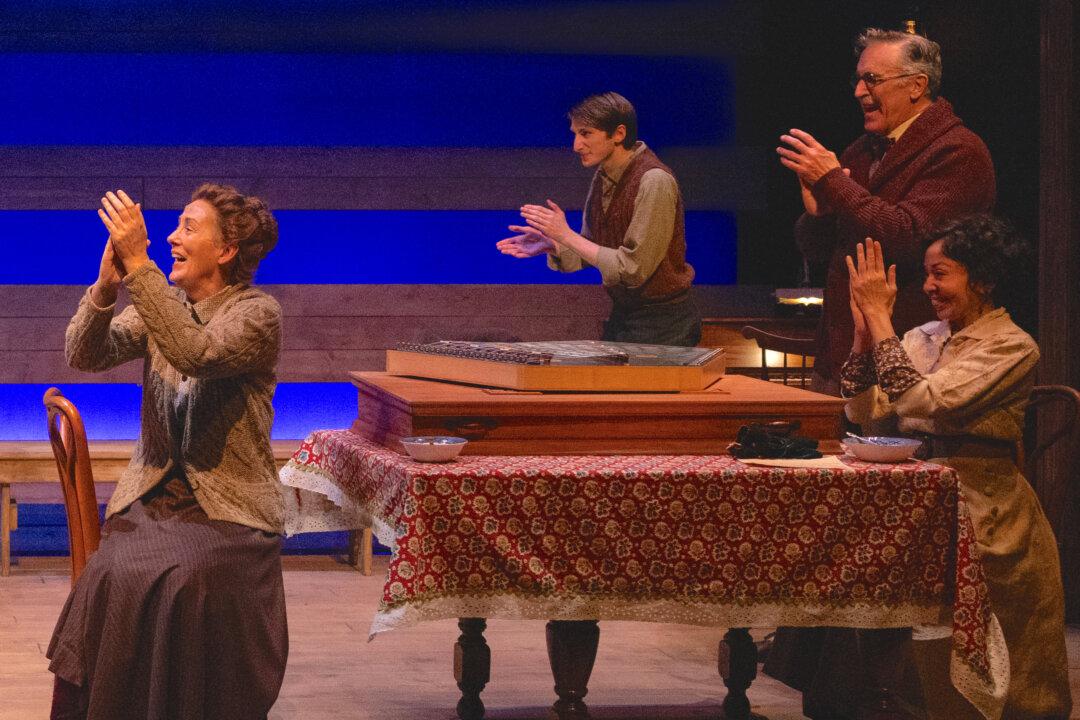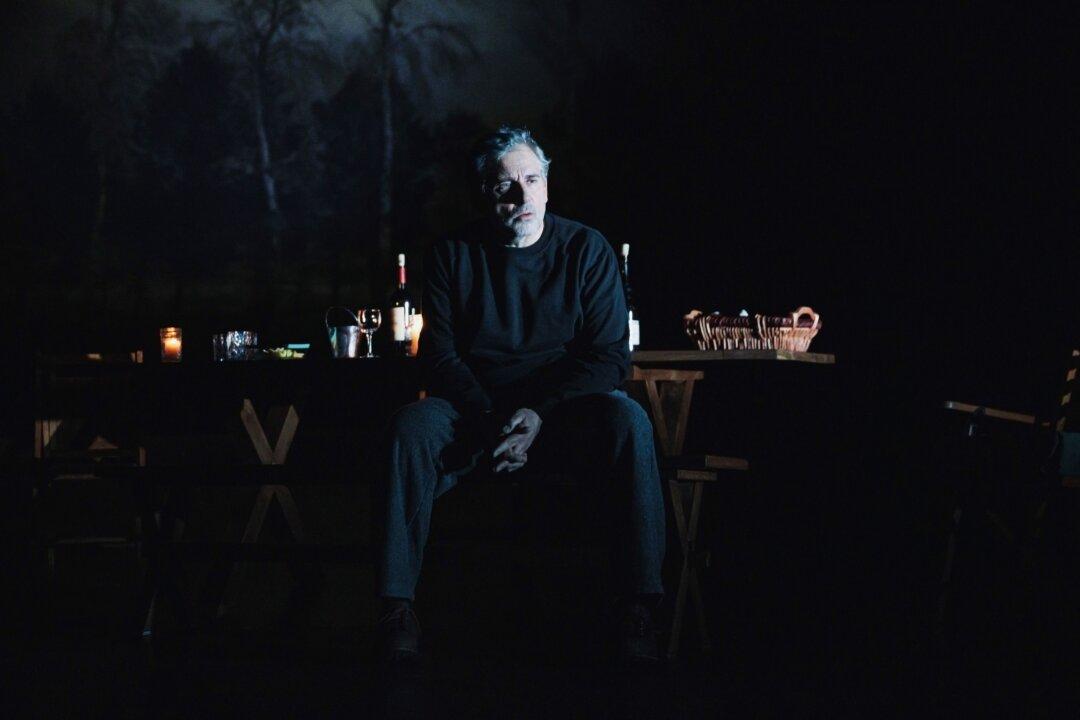Director Penny Lane’s documentary “Our Nixon” takes us back to happier, more innocent times—that is, until the ogre of Watergate intruded on President Richard M. Nixon’s consciousness and destroyed what could have been a major and meaningful presidency.
The film consists primarily of Super 8 home movies made by Nixon’s then-young associates Chief Domestic Adviser John Ehrlichman, Chief of Staff H.R. Haldeman, and Deputy Assistant Dwight Chapin.
These men filmed over 500 reels of film from 1969 to 1973. There are light-hearted sequences, such as Nixon dancing with daughter Tricia at her White House wedding, and Chapin’s wife and kids meeting the Easter Bunny on the White House lawn.
There are also important historical moments, including the Apollo moon landing, the Republican National Convention, with Nixon demonstrating his typical V-for-Victory hand signal before an enthusiastic crowd of delegates, Nixon’s remarkable trip to China, and meetings with world leaders Chou En-lai and Nicolae Ceausescu.
It’s startling and somewhat bittersweet to view the attitude of people in general back in the ’70s. A sense of innocence and naiveté pervaded. President Nixon could mix openly among the crowds, even in foreign countries. There lacked the almost paranoid sense of protection of the president, so pervasive in today’s world.
But then came Watergate and the infamous White House tapes. That Nixon wanted a record of everything proved to be his undoing. The result was a 4,000-hour archive through which director Lane and her co-producer Brian L. Frye had to sift. The films had been seized by the FBI after Watergate and lay undisturbed for 40 years. But when the films went into the public domain, Lane and Frye were able to obtain them.
“Our Nixon” is augmented with clips from oral histories, television interviews, and other public appearances. For example, Daniel Ellsberg is shown discussing his leak of the Pentagon Papers, which publicly sparked the whole Watergate mess and brought the Nixon presidency to its knees.
Haldeman, Ehrlichman, and Chapin contribute their views on the events, views contradicted by major journalists of the period, including Dan Rather, Walter Cronkite, Barbara Walters, Mike Wallace, Phil Donahue, and Daniel Schorr.
The tapes themselves are particularly fascinating. Nixon, seated at his desk in the Oval Office, talks on the phone with various aides, particularly right-hand man Bob Haldeman, regarding developments in the Watergate affair—what major newspapers are grabbing onto the material, for example.
Nixon is always cool, almost detached, and appears to say nothing that could incriminate him in any way, as if his lawyer mind is always in charge. He subtly gathers information and calmly instructs the colleagues as to what steps they are to take. Of course, in hindsight, it became obvious that the direst events were taking place.
And who were these three men, these associates, who sacrificed everything to follow their leader to the bitter end? Chief of Staff H. R. “Bob” Haldeman was the closest to Nixon and loyal to his president regardless of events or public outcries. Because of his dedication, his being fired is a strongly emotional sequence in the film, truly a very sad event.
Chief Domestic Adviser John Ehrlichman, the most cynical of the three, was drawn into Nixon’s orbit by his old college pal Haldeman. Along the way, he sometimes threatened to quit but was seduced by the proximity to power that Nixon afforded. Finally, it was too late. Nixon fired him, an act that Ehrlichman never forgave.
He was, after all, only following orders.
Third in the triumvirate was Deputy Assistant and Appointments Secretary, movie star-handsome Dwight Chapin. Only 27 years old on entering the White House, he stood by Nixon during the political ordeals. However, he was the first of the men to be fired, just after the 1972 re-election.
Chapin is the only one remaining of the three colleagues; Haldeman and Ehrlichman both died in the 1990s. All three went to prison for their involvement in the Watergate affair.
Interestingly, as Haldeman and Ehrlichman aged, they continued to look very much as they had in their younger days. Chapin, however, though he has aged attractively, looks like a completely different person—a nice, dignified, elderly gentleman, but not recognizable as the dashing Dwight Chapin of the earlier days.
But arguably overriding it all is the portrait of Richard M. Nixon, a man who had demonstrated remarkable political acumen in the past, who was brought down by his own megalomania. On the other hand, because he appeared to have the ability to split his psyche into separate compartments, he seemed to have suffered less than any of the other participants in the Watergate affair. He appears, in public at least, to have it all under control.
It is of note that perhaps the only time Nixon lost control, at least publicly, was in 1993 at the funeral of his beloved wife, Pat, who had stood by her husband through all the painful personal and historical events. At this time, he sobbed uncontrollably. (Mrs. Nixon is seen in only a few shots in “Our Nixon”).
Richard M. Nixon died in 1994, 10 months after his wife’s death.
“Our Nixon” provides a unique insight into an unforgettable period in U.S. history, made up of a collage of often-unrelated film clips.
The film opens on Aug. 30 at IFC Center in New York.
Diana Barth writes about the arts in “New Millennium.” For information, [email protected]




